What is a Solar Cell Made From? What is The Difference Between an N-type and P-type Cell?
Solar cells are essentially a crystalline silicon wafer with other materials added for electricity production.
A P-type cell has a silicone base with boron atoms infused to create an overall positive charge (hence ‘P’ type). The top silicone layer of the wafer is infused with phosphorus (N-type) to create a p-n junction for electricity flow. P-type cells are the most common type used in solar panel production.
N-type cells are basically the opposite formation of the P-type cell. They have a silicon base infused with phosphorus creating an overall negative charge. The top layer of N-type silicon cells is infused with boron (P-type) for the p-n junction formation.
Why do P-type Cells Dominate in Solar Panel Production?
The first solar cell, created in 1954, was in fact an N-type cell. Solar technology was originally developed for use in space, where P-type cells were found to be more tolerant to radiation damage.
Over the years, more research was invested into P-type cells. When the commercial/residential solar industry developed, P-type panels dominated due to extensive information already available on the technology. N-types did not have the same investment put into its research.
Advantages and Disadvantages of P-type and N-type Panels:
P-type panels are the most common type available for purchase. They are more cost competitive than N-type panels and they have held the largest extent of the market for the last 40 years.
Disadvantages of P-type panels include the boron-oxygen defect. When the cells are formed, a significant concentration of dissolved oxygen presents and forms a recombination area with the boron (under light exposure). This event is called
‘light induced degradation’ and it reduces the efficiency of the cell.
P-type cells are also more prone to metallic impurities such as interstitial iron, these impurities can lower the lifetime of the cell.
N-type cells have many advantages, they are resistant to light induced degradation due to the presence of phosphorus instead of boron within the silicon. This immunity leads to a longer carrier lifetime of the cell and a more efficient, powerful system.
N-type cells are also less prone to metallic impurities that affect P-type cells and have a higher temperature tolerance.
What Should I Choose?
The greater purity of the N-type silicon allows for higher efficiency, less degradation over time and lower energy losses. This leads to more power generation and higher performance over the panel’s lifetime.


